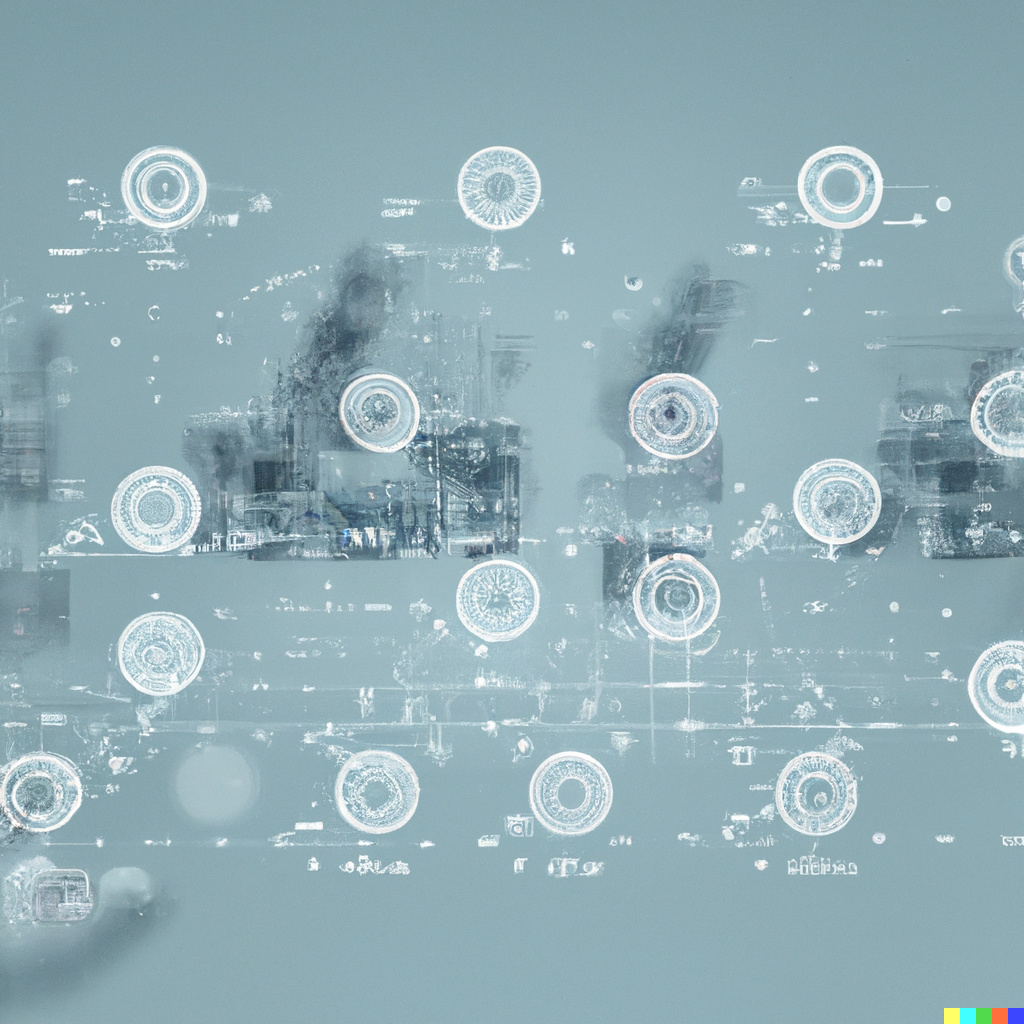Difference between RPA and automation

While RPA (Robotic Process Automation) and automation are often used interchangeably, there are important differences between the two.
Robotic Process Automation (RPA) is a type of automation technology that uses software robots to automate rule-based, repetitive tasks. RPA software robots are trained to mimic human interactions with digital systems, such as clicking buttons, entering data, and navigating between applications. RPA is ideal for automating processes that involve structured data and follow a set of predetermined rules.
Automation, on the other hand, refers to the broader concept of using technology to automate tasks or processes. This can include RPA, but also encompasses other types of automation, such as business process automation (BPA), which is used to automate more complex processes that involve both structured and unstructured data. BPA may involve the use of artificial intelligence (AI) or machine learning (ML) to make decisions based on data inputs.
When deciding which type of automation is suitable for your business needs, it’s important to consider the complexity of the processes involved.
RPA is best suited for rule-based, repetitive tasks, while BPA is better suited for processes that involve more complex decision-making and unstructured data.
In conclusion, while RPA is a type of automation, it is important to understand the differences between RPA and other types of automation, such as BPA. By understanding the strengths and limitations of each type of automation, businesses can make informed decisions about which type is best suited to their specific needs.



